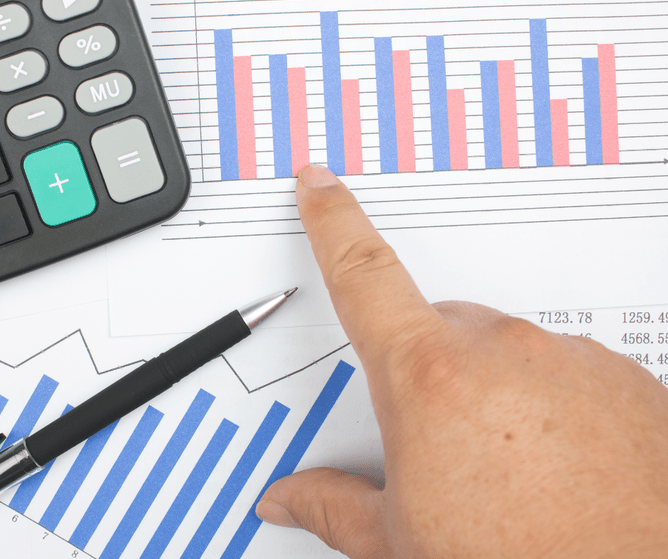For some small business owners, putting together your financial statements can seem like a daunting task. KREA provide in this blog, as an insight to learn how to read and understand what your numbers are saying so you are informed, equipped and empowered to make well informed business decisions. You may ask what is a story......its an account of past events in someone's life or in the development of something. So in understanding the story of your numbers YOU as the leader need to take responsibility to understand, YOU are the only one that will know the true story of your business. That’s because your financial statements tell very specific stories about your business. What they say could have a big impact on your company’s cash flow and future. But, it all depends on who’s looking, and, of course, the numbers themselves.
The first 3 chapters in your financial story
We’re not talking about just any financial information. We’re talking about three business financial statements very specifically — look at as the accounting trifecta. Together, the income statement, balance sheet, and cash flow statement give the full picture of how your company is performing financially.
Income statement
If you’ve never heard the term “income statement” or “statement of income,” then you’ve probably heard “Profit & Loss” (or just “P&L”). Whichever term you know, they all mean the same thing.
Your income statement is the first massively important document in the trifecta. Briefly, it shows you whether or not your business is making a profit. It also reveals where you’re earning and where you’re spending — and, naturally, whether you’re spending more than you’re earning.
That alone can tell a story, but what’s especially notable about your P&L is that it tracks data over a specific period of time. Many business owners do them quarterly, and, at a minimum, yearly. Some even choose to draw up an income statement every month to be able to get a more consistent pulse on trends.
Balance sheet
Next up is your balance sheet. Like your income statement, this also has another name — the “statement of financial positioning.” It centers on a simple but telling equation to allow you to see your business’s net worth:
Assets = Liabilities + Equity.
In contrast to the P&L, your balance sheet looks at a specific moment in time. This is an important difference when you’re thinking about the stories that your accounting documentation tells, especially because circumstances change so rapidly in business. Due to accounts receivable and payable, among other factors, how your finances look on one given day can — and likely will — be very different compared to another. Even if it’s just a week later.
Cash flow statement
Rounding out the three, your cash flow statement. (And, our personal favorite at KREA. Because, absolutely, we have a favorite financial statement.) Your cash flow statement — or “statement of cash flows” — shows the movement of cash into and out of your business. That includes your investments, operations, and any financing you have, too.
We mention cash flow last certainly not because it’s least. Far from it — in fact, most small businesses fizzle due to poor cash flow management and the subsequent lack of capital. Rather, it’s important to understand your P&L and balance sheet first because your cash flow statement ties directly into numbers that appear on both. It pulls from amounts on each. It also supplements them with additional insights.






